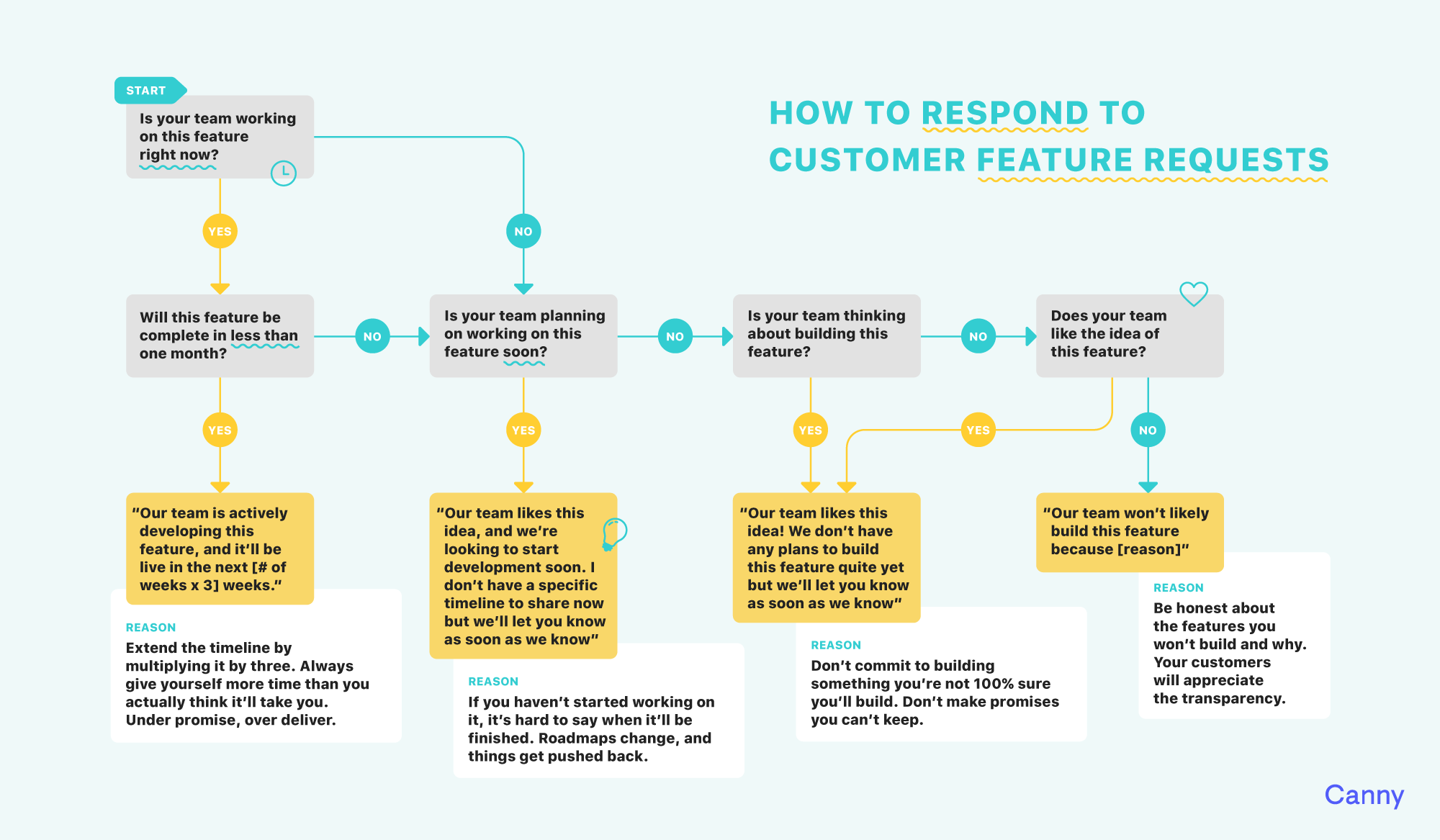Yes, Virginia, PMs Are Responsible for Accessibility
Link to Session
Angela Hooker, Microsoft
Why build in a11y from the start?
- Much easier / less "expensive" than adding it after the fact.
- PMs are expected to set expectations and manage scope. Set the expectation from the beginning that team delivers accessible product.
- Consider budget, timeline, people, & other resources. The design phase is "too late."
Getting support from leadership
- Talk about ROI & $8+ trillion in disposable income that people with disabilities have worldwide
- Helps the org be more competitive
- Show them how inaccessible content hurts. Demo use of product with a screenreader with no visuals, ask them to navigate with keyboard only. If possible, have a person with access needs do that demo.
Include multiple accessibility reviews in your timeline
- Team should check their work as they go along
Choose the standards and level of compliance you'll achieve
- Compliance and accessibility are not the same. You can conform to WCAG 100% but be unusable for people with certain disabilities
- If project is used globally, consider laws worldwide. Some countries require specific documentation & standards will vary
Put accessibility requirements in contracts with outside vendors
- Be specific about the standards they need to meet
- Ask for proof they can produce accessible work
Carefully choose the tech you'll use to build your project
- If you don't have a choice in what tech you'll use, see if team can fix those a11y issues. If it would expand scope or timeline to do so, flag as risk for leaderships
Document all your team's work
- Good to have on hand for showing "good faith effort" to be accessible
- Prepare a general statement about project's a11y status.
- Document known a11y issues and create a roadmap for resolving
Get training for your team
- Pointing toward info on the web is risky, as there is lots of misinformation. Start with info from W3C a11y curriculum.
How do you coach your team and oversee their work?
- Don't make it about any one person. Discourage things like "if we can't make you happy, we can't move forward." It's not about you being happy, it's about putting out the most usable and successful product you can!
- Publicly praise team members as a way to motivate them to prioritize a11y in the long run
Written content comes first
- This is the easiest to remediate, so get this out of the way.
- Ask people with cognitive impairments to read through with you to find out where things might not be clear
Working with designers
- Annotate design docs to indicate to engineering where they'll need to consider a11y
- Review mockups & wireframes for missing a11y considerations so eng can raise concerns or questions
- Start with user personas based on people with disabilities
- Invest in usability testing at several points during project build
What if you're updating a legacy project?
- Start small
- Have an auditor review for a11y and create a plan to give team "quick wins." Create roadmap for remaining items.
- Talk to team responsible for product to find out what questions/concerns they have
- Get training & other needed resources for team
